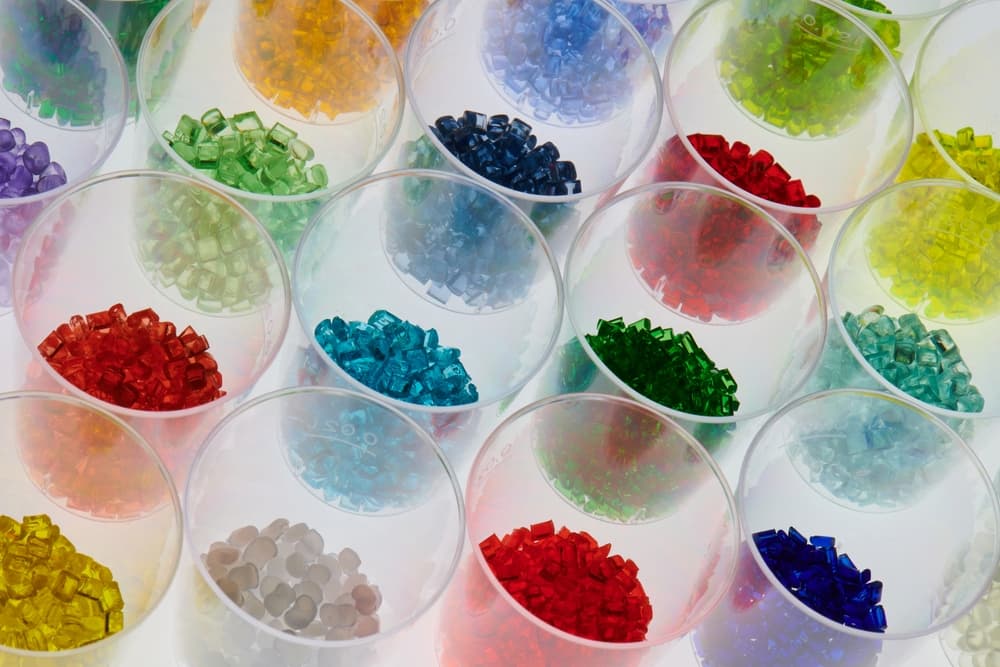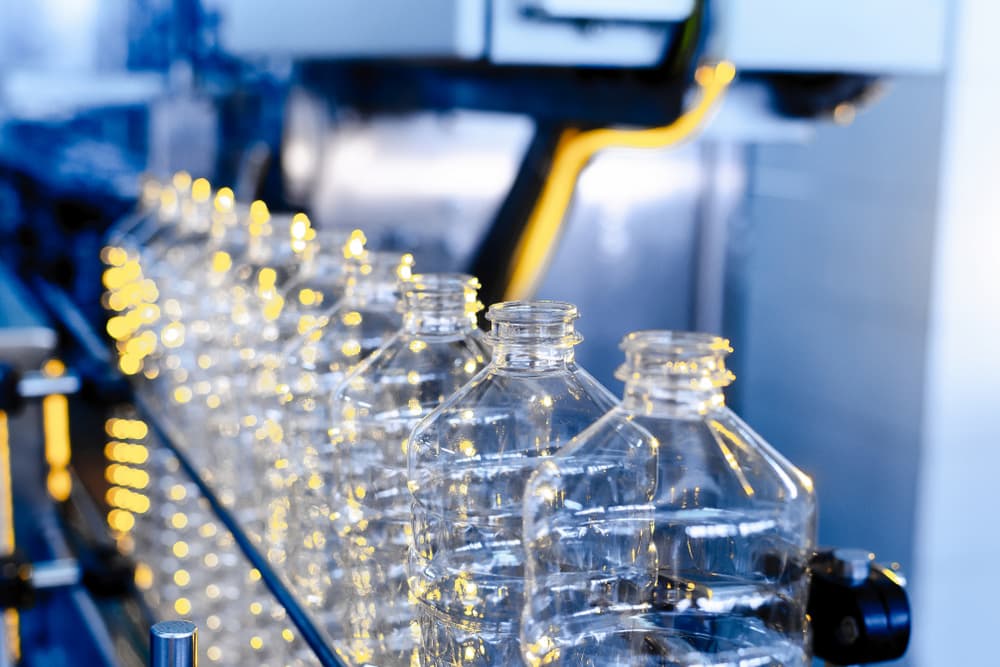Compound Plastic Pellets: What They Are & Key Types
30 Apr 2025

In the world of plastic manufacturing, one of the key materials driving product innovation is compound plastic pellets. What exactly are they? How are they different from traditional plastics and what types exist?
This article explores what compound plastic pellets are, how they’re made, and the various types available—helping manufacturers understand which materials can meet their specific needs.
What Are Compound Plastic Pellets?
Compound plastic pellets are specialized plastic granules that have been blended with various additives to achieve specific performance characteristics. These additives may include colorants, reinforcements, or functional agents that enhance properties like durability, transparency, heat resistance, or flexibility.
Unlike standard plastic resins, compound plastic pellets are ready-to-use materials that streamline the manufacturing process and are widely adopted across multiple industries.
The Importance of Compound Plastic Pellets
- Customized for specific applications: These pellets can be engineered for strength, flexibility, clarity, or thermal resistance depending on usage.
- Improved production efficiency: They help reduce waste, minimize production errors, and lower manufacturing costs.
- Shorter production time: Since properties are already adjusted, manufacturers can skip the additional mixing step.
- Design flexibility: Available in a wide variety of colors and finishes.
The Compounding Process Explained
The compounding process involves melting plastic resins and mixing them with additives and performance enhancers in the right ratios. This results in a uniform material that can be used directly in molding or extrusion. There are three key components in the process:
- Base resins: Such as polypropylene (PP), polyethylene (PE), and polycarbonate (PC).
- Additives: To enhance performance—for example, strengtheners, lubricants, anti-static agents, and colorants.
- Processing aids: Materials that improve flow, dispersion, or thermal stability.
Through this process, compound plastic pellets are developed with enhanced properties tailored to specific end-use applications.

What Types of Compound Plastic Pellets Are There?
Compound plastic pellets are categorized by the base polymer used in the compounding process:
Polypropylene Compound (PP Compound)
PP compound is created by blending polypropylene resin with talcum powder to improve mechanical strength, crack resistance, and heat stability. It’s commonly used in electroplating, injection molding, home appliances, automotive interiors, and electrical housings.
Polyethylene Compound (PE Compound)
PE compound is known for its high flexibility and toughness. It is chemical-resistant and impact-resistant, making it ideal for cosmetic containers, piping systems, cable sheathing, electronic components, and automotive parts.
Polycarbonate Compound (PC Compound)
PC compound offers high impact strength, optical clarity, and heat resistance. It can be customized with flame retardants or glass fiber reinforcements, making it suitable for electronics, automotive, and construction applications.
For manufacturers seeking high-quality, high-performance compound plastics, we recommend PlastMate by GC Compound Plastic Pellets—a leading compound plastic pellet manufacturer in Thailand.
PlastMate by GC offers a wide variety of options to meet any requirement, including PE Compound,PP Compound, PS Compound, PC Compound, ABS Compound, and Bioplastics Compound. You can consult directly with GC to find the best solution for your business—free of charge.
ข้อมูลอ้างอิง
- Plastic Compound – A new material solution for Plastic Industry!. Retrieved on June 21, 2024, from https://daiaplastic.com/plastic-compound-a-new-material-solution-for-plastic-industry/

